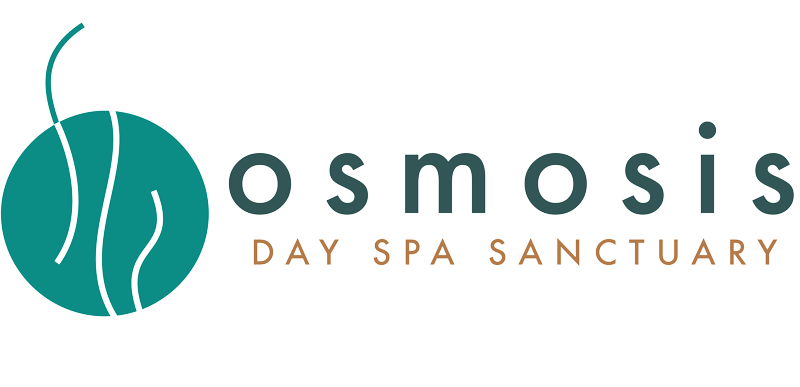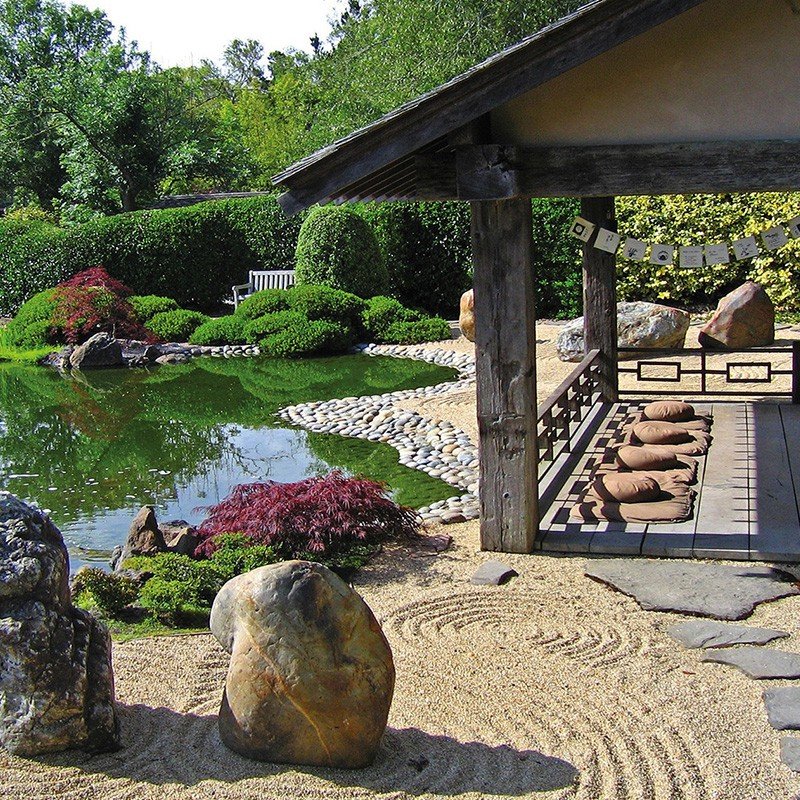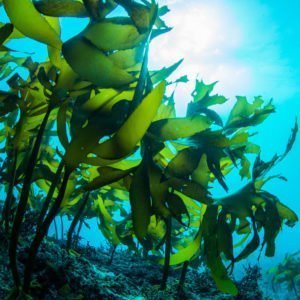Osmosis Day Spa
As featured in Insiders Guide to Spas
By STEPHEN KIESLING
Thirty-four years ago, when Michael Stusser bought the picturesque farmhouse on the Bohemian Highway in Freestone, California, that is now Osmosis Day Spa, the building had been through a foreclosure and was surrounded by piles of junk. The adjacent Salmon Creek was devoid of salmon, the local community was short of water, and the last thing the local zoning officers would permit was a spa, where water usage is typically exorbitant and which would likely overrun the small septic system and pollute the creek. Stusser, however, never intended to create an extravagant spa. The former organic gardener and Zen practitioner was on a mission to create a sanctuary for healing the earth, as well as the minds, bodies, and spirits of his guests.
Stusser’s mission began in 1980 when he traveled to Kyoto. There, he experienced the beautiful Zen gardens as the manifestation of the deep peace and tranquility he found in his meditation practice. Entranced, he apprenticed to a local landscape gardener, which he describes as an almost medieval practice, living and working with gardeners seven days a week. After six months he left to join a Zen monastery in Kyoto, where he spent two and a half years of intense meditation while continuing to learn about Zen gardens. But then, he was forced off his cushion by sciatica. Crippled by pain, he spent months searching for a cure, and that’s how he found himself buried to his neck in a n enormous vat filled with hot wood shavings mixed with rice bran and fermenting with a tea of special enzymes.
Says Stusser, “It was unbearably hot. I thought I was going to be burned and there was no way to get out. ‘Be the cold!’ I told myself. ‘Accept rather than resist.’ And suddenly, I was cast into the experience of cascading through the universe at the speed of light. Everything I had been working toward in my practice was suddenly happening. And I knew in a millisecond what I was going to do with my life.”
Stusser spent the next four and a half years learning to create and to tend the living organism that is the enzyme bath. Then he had to raise money and find a building, clear the junk, and create a spa and organic Zen garden that uses no more water or energy than a typical American home. Along the way, he realized that the standard treatment schedule of many spas tends to burn out the therapists, so he created a treatment schedule to allow time for the practitioners to recover and to be fully present for each new guest. Not surprisingly, the therapists tend to stay for years.
Lately, Stusser has been building wetlands to clean the water he does use and has been working with a local salmon restoration team to improve the riparian areas along the creek. Meanwhile, Osmosis has become a place for community gatherings and small concerts.
When You Go
You leave your shoes on the front porch and enter through the small reception area into a simple locker room. You change into a robe and are ushered by your therapist into a small tearoom that opens to a small meditation garden. After a cup of herbal tea, your therapist escorts you to the treatment room, which overlooks another garden of raked pebbles.
The signature treatment of the spa looks something like a giant hot tub filled with moist Lawson cypress shavings mixed with rice bran and fermenting with a tea of special enzymes. The enzyme bath has been scooped out for your body. You lie down, and the therapist gently covers you in the soft cypress shavings. You realize this stuff is warm — or you can wriggle down to where the soft shavings are seriously hot. For the next 20 minutes or so, you will quietly compost in this bed of cypress. Then you are gently exhumed, escorted to an outdoor shower, and ushered along a path to one of the small pagodas near the Salmon Creek.
There, you will spend the next 75 minutes receiving a truly delightful massage. Finally, you make your way to the main meditation garden, a place reminiscent of the Zen gardens in Kyoto. Like any serious Zen garden, the stones and plantings tell a story — the classic Zen parable of ox and the ox herder — but you don’t need to follow the story to absorb the quiet beauty of the place.
STEPHEN KIESLING
Stephen Kiesling is the editor in chief of Spirituality & Health magazine. He was the youngest member of the 1980 US Olympic Rowing Team and the oldest competitor at the 2008 Olympic Rowing Trials. A Scholar of the House in Philosophy at Yale, he was a founding editor of American Health and Spirituality & Health magazines. Stephen is the author of several books, including The Shell Game and The Nike Cross Training System, and has written for The New Yorker, Sports Illustrated, and Outside. He has been featured in The New York Times and The Boston Globe and has appeared on numerous television and radio shows, including Today and All Things Considered.


